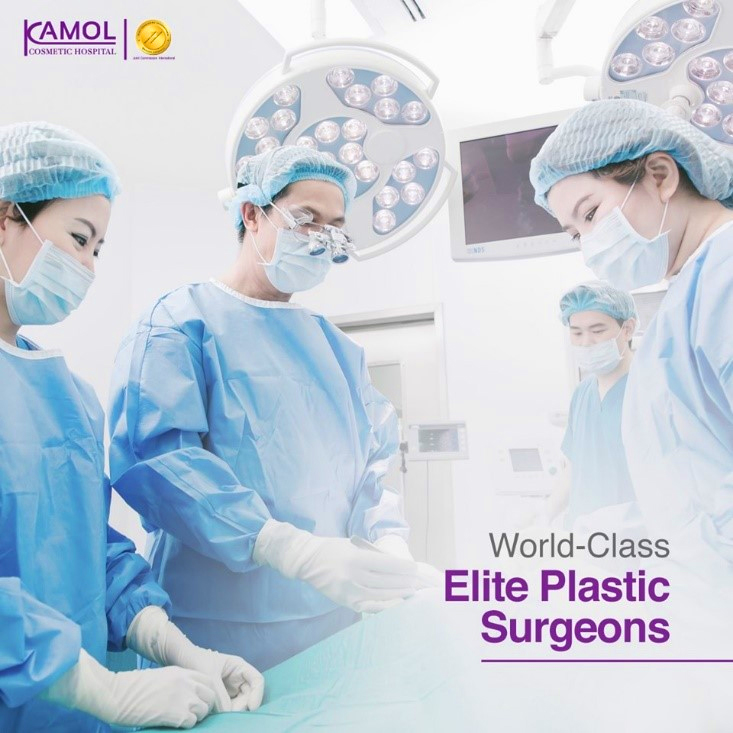Tattoo removal
A tattoo is visible and permanent pigmentation of the skin secondary to the deposition of exogenous pigment within the dermis.
In the past, methods for tattoo removal were limited to excisional and destructive procedures (e.g. surgical excision, dermabrasion, traditional ablative lasers). The discovery of the theory of selective photothermolysis has contributed to advances in laser therapy for tattoo.
Quality-switched (Q-switched, QS) lasers are the preferred first-line treatment for most tattoos. It has been the standard of care for tattoo removal for over two decades. The range of laser wavelengths available in QS devices and the short pulse durations of these laser allow for effective treatment of tattoos with low risk for scarring. Q-switched lasers generate short nanosecond bursts of laser light that break apart tattoo pigment in the dermis. Shattered tattoo pigment fragments either remain in the dermis or are removed by lymphatic system.
Quality-switched lasers are available in a variety of wavelengths and are selected based upon tattoo color(s). These are Q-switched laser used tattoo removal;
- 532 nm frequency doubled Nd:YAG laser
- 694 nm ruby laser
- 755 nm alexandrite laser
- 1064 nm Nd:YAG laser
(Nd: neodymium-doped; YAG: yttrium aluminum garnet)
More than one laser is usually necessary for optimal treatment of tattoos with multiple colors. In general, yellow and orange pigments are the most difficult to remove, whereas blue and black pigments tend to be the easiest to remove. Tattoo with its pigments placed deeper and more extensively in the dermis is often more challenging to treat. More treatment sessions and higher fluence settings may be necessary for the removal.
Helios II: What is it and how does it work?
Helios II is a laser emitting device from Korean LASEROPTIK, which emits fractional Q-switched Nd:YAG of 1064-nm and 532-nm wavelengths. Helios II’s targeted chromophore is melanin and can be used with pigmented skin lesions. The 532 nm frequency doubled Nd:YAG laser mode is suitable for red, yellow and orange tattoos and can remove more epidermal lesions, such as freckles and sun spots. The 1064 nm Nd:YAG laser is suitable for black and blue tattoos and can treat deeper lesions, such as melasma on dermal layer of skin.
HELIOS II comes with Fractional Handpiece and Diffraction Optical Element (DOE) which claims to minimize pain and side effects, such as post-inflammatory hyperpigmentation, scarring, etc. The Fractional Handpiece divides one laser beam into 81 small beams, leaving the surrounding skin intact, reducing the heat applied to the skin and minimizing downtime. The Diffraction Optical Element (DOE) allows HELIOS II deliver an even and uniform laser beam.
HELIOS II also has a ‘Soft Peeling’ effect. It applies a light coating of carbon over the skin, then essentially removes the carbon through a burst of light from the laser. Dead skin cells, makeup residue, clogged pores, oil sebum and blackheads are removed along with it. The benefits of ‘Soft Peeling’ include reduced pore size, even skin tone, reduction in sebum production, reduction of fine lines and wrinkles from collagen stimulation, and give a healthy glowing skin with zero downtime.
Indications of HELIOS II
- Melasma
- Freckles
- Tattoos
- Nevus of Ota
- Becker’s nevus
- Lentigo
- Uneven skin tone
- Café au Lait spots
- Age spots
- Skin rejuvenation
Treatment sessions
Often, eight of more treatment sessions are required to achieve maximum improvement, but with HELIOS II’s technology, three or five treatment sessions may be required in deeper skin lesions. Additional treatment sessions are usually separated by four to six weeks. Subsequent treatments may need higher laser energy settings to remove residual pigments.
Post-treatment care
The preferred post-treatment care of the laser site consists of daily application of a bland, occlusive ointment such as petrolatum to maintain wound moisture. Moisture promotes wound healing and application should continue until the site is fully healed. Crusting and scabbing are normal and typically persist for one to two weeks. Cool pack may be helpful for minimizing discomfort after treatment. Sunscreen and sun-protecting clothing should be used to minimize risk of post-inflammatory hyperpigmentation. Strict sun protection should be continued for at least several weeks after treatment.
Safety of HELIOS II
HELIOS II is approved by Thai FDA, US FDA, European Economic Area’s Conformité Européenne (CE marking of EEA), and Korean FDA.




